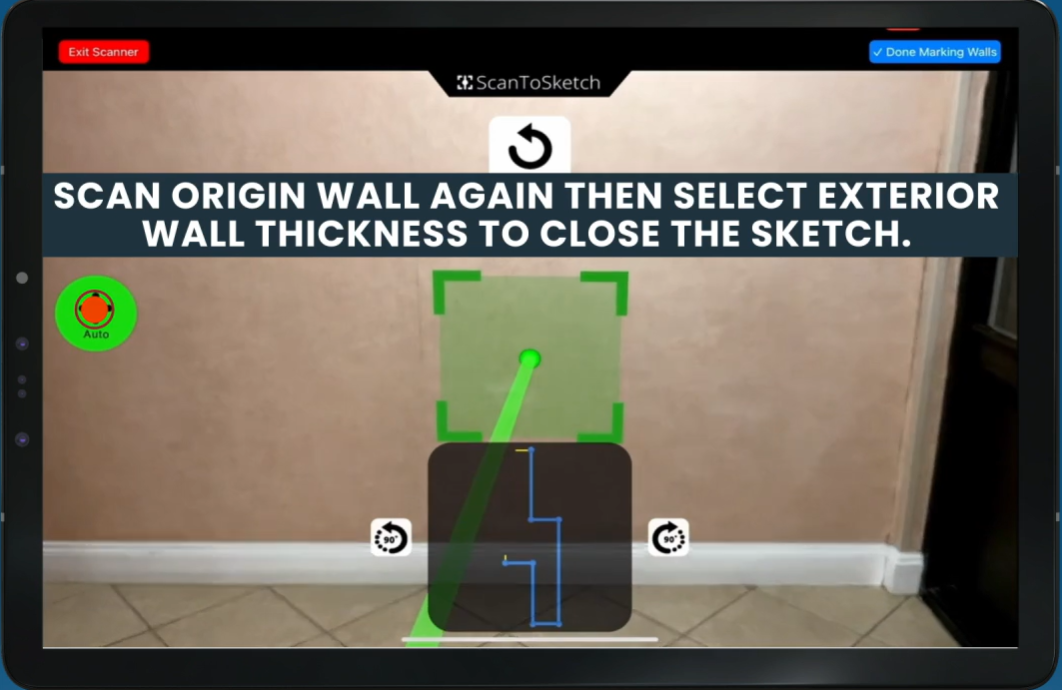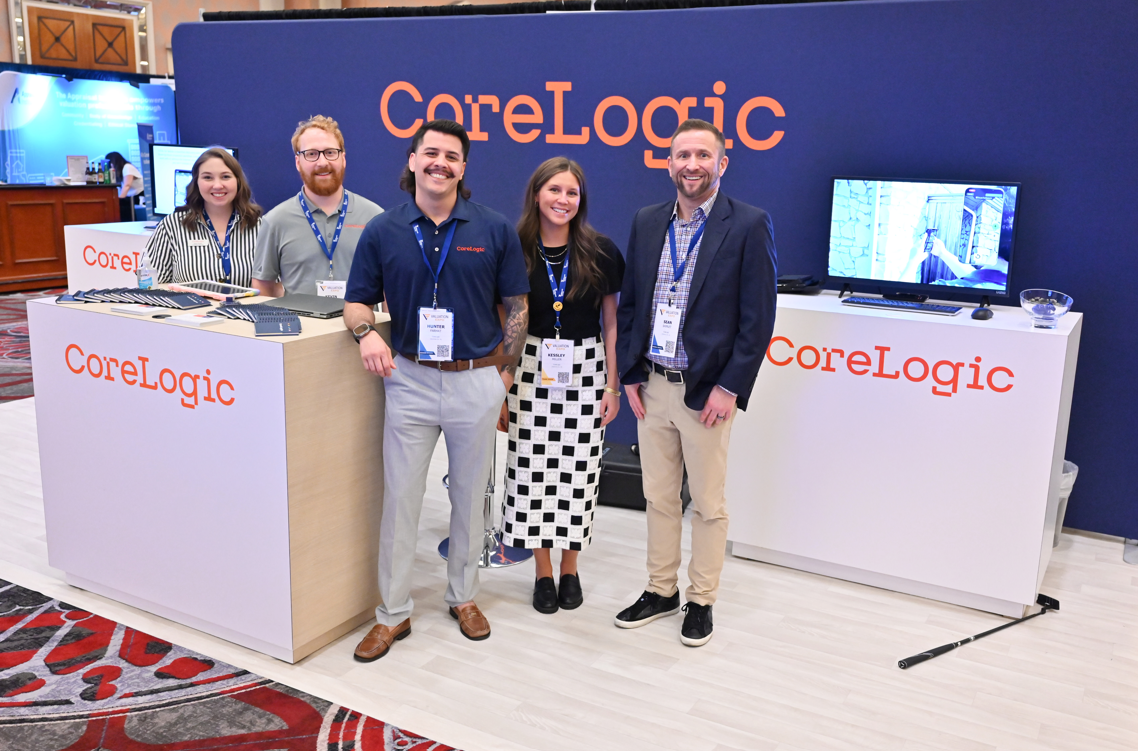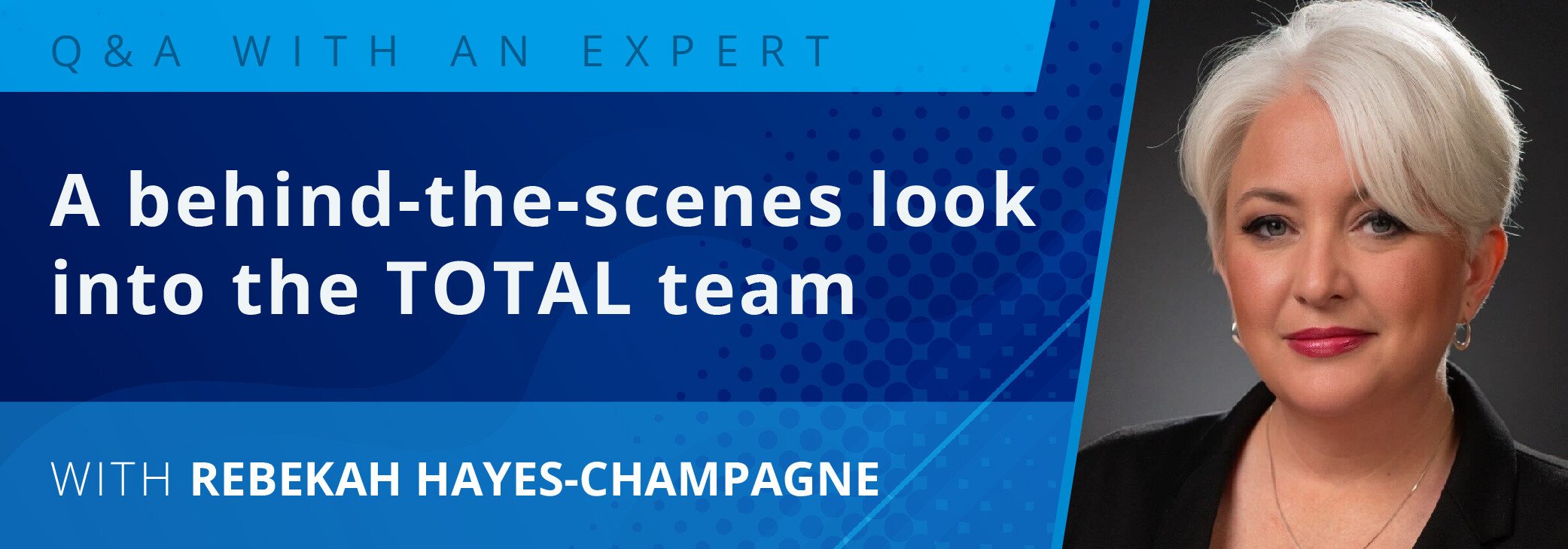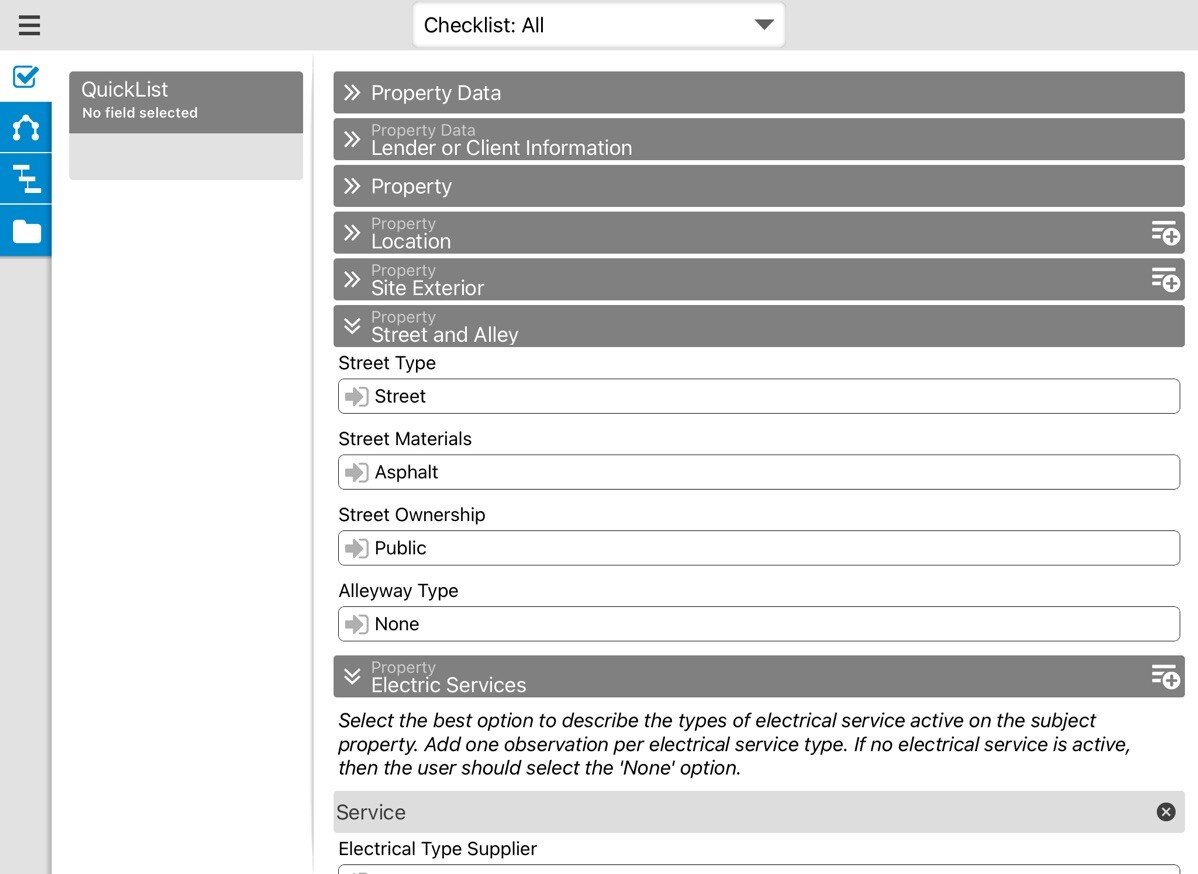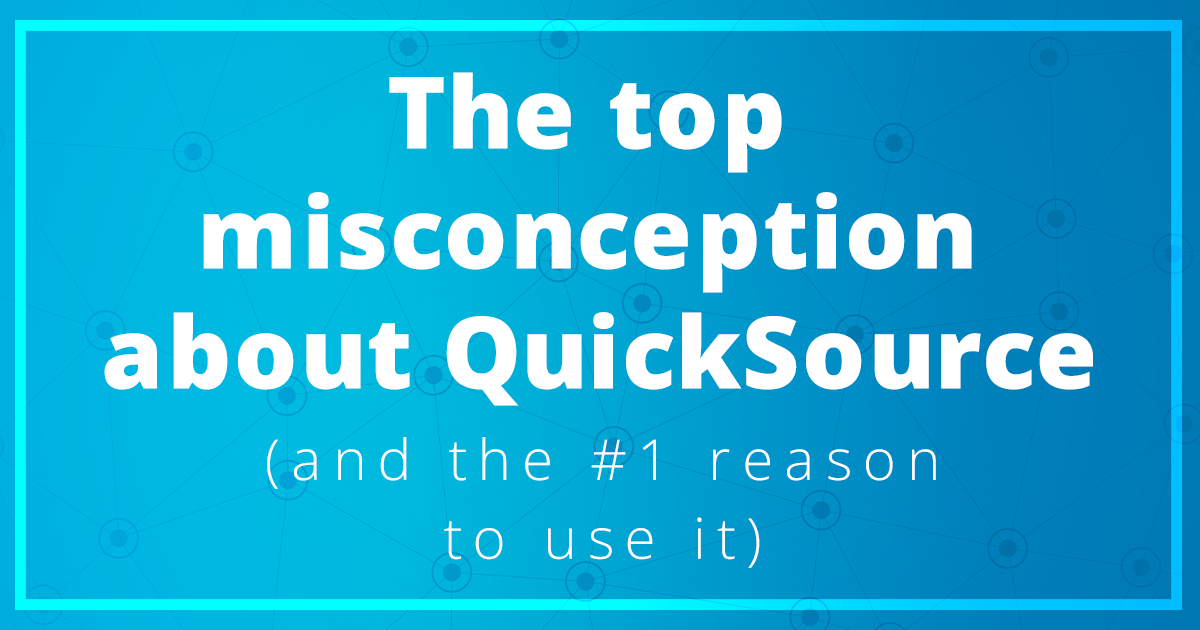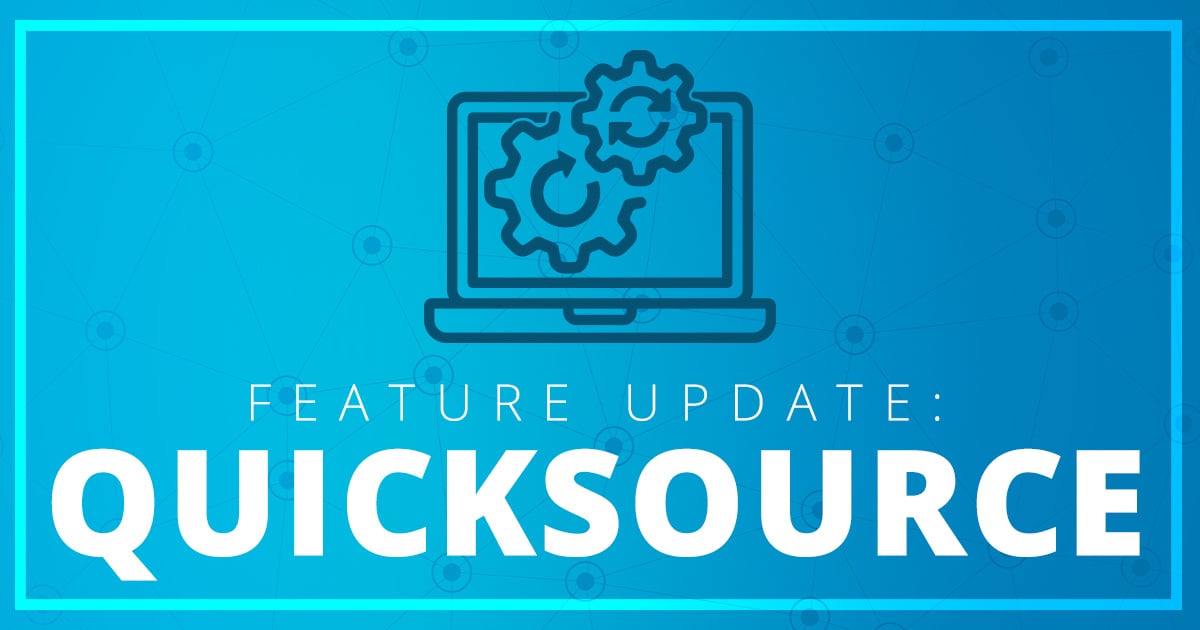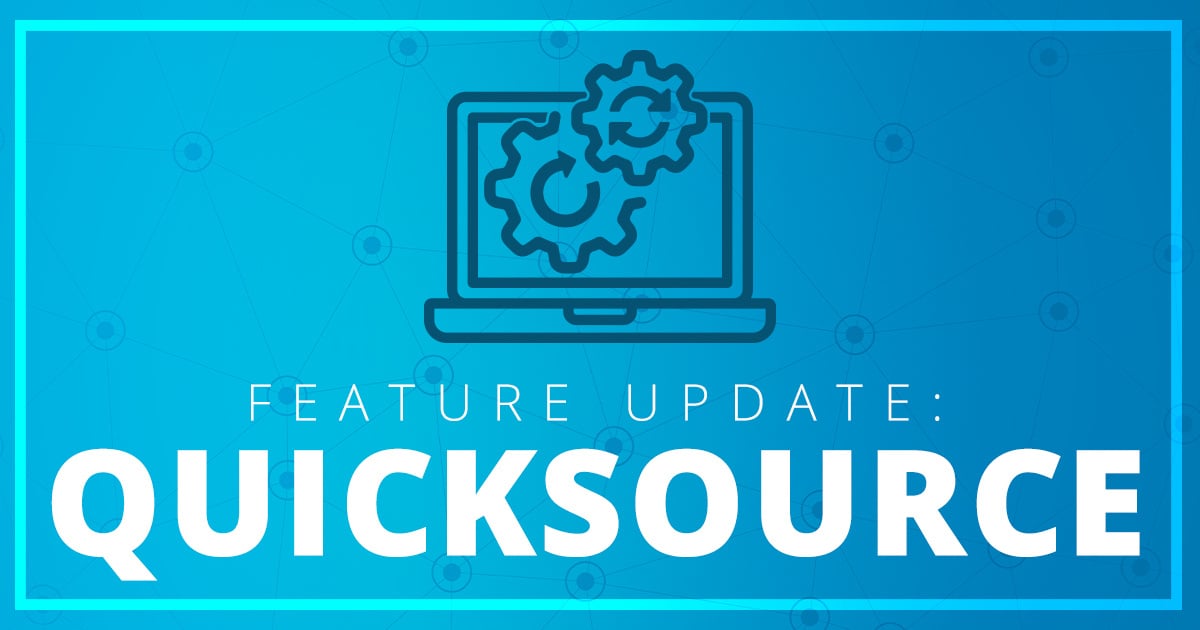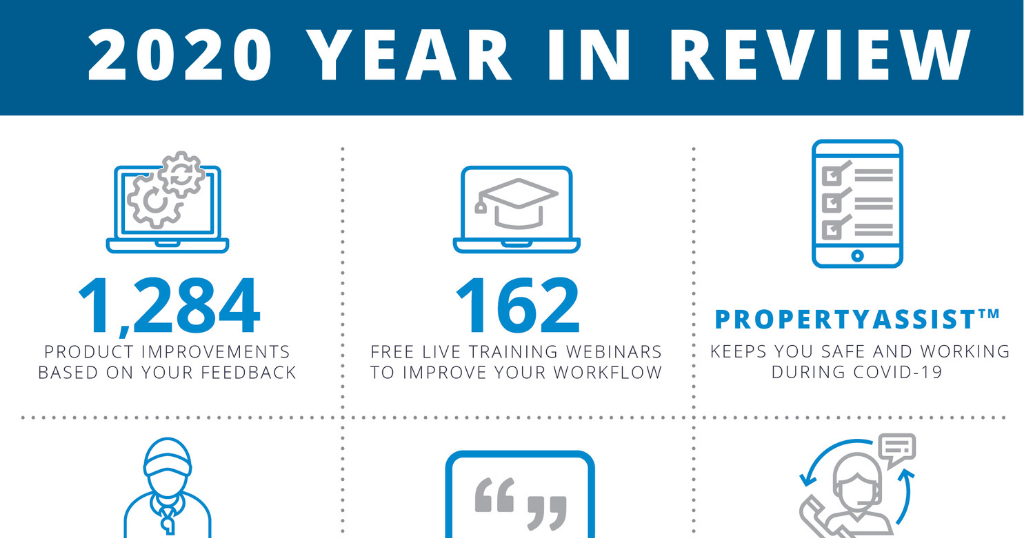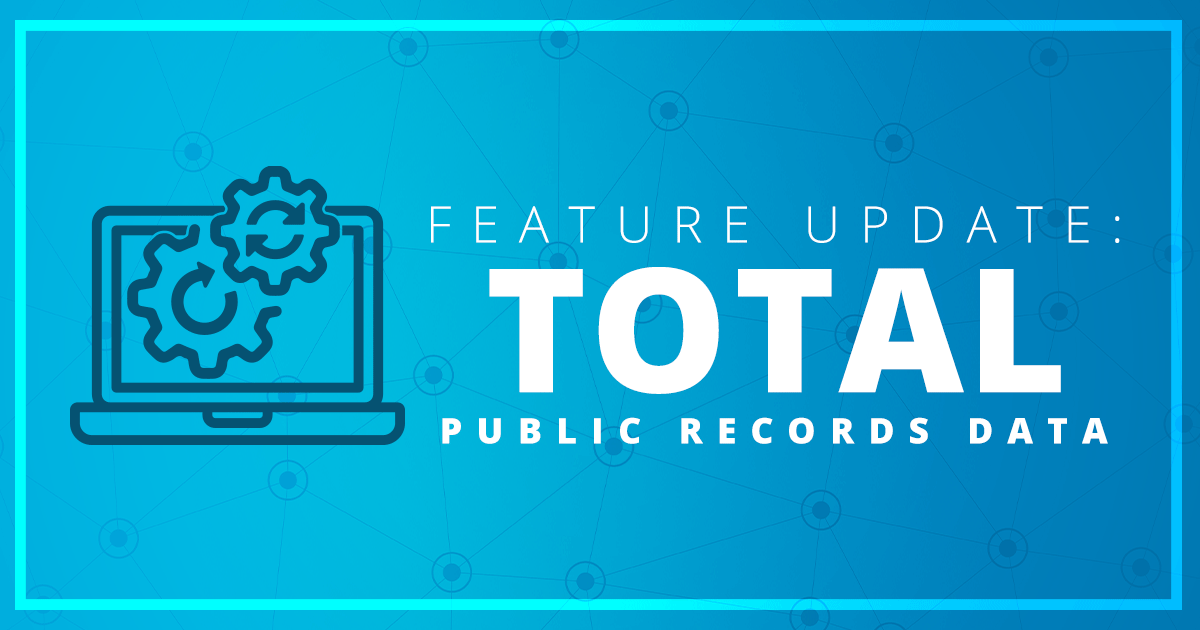Another valuation-themed e-mail newsletter, perhaps your second favorite, last week devoted its entire space to a defense of AVMs (automated valuation models) by the Collateral Assessment and Technologies Committee of the Real Estate Information Professionals Association (REIPA). The committee consists of the nation’s largest AVM developers, including AVMax, Basis100, Countrywide, DataQuick, Fidelity National Financial, First American RES, Fiserv CSW, Real Info, Inc., TransUnion Settlement Solutions, and Veros Software. As confident as we are that the newsletter will quickly devote equal space to the appraiser’s side of the argument, it’s important to address some squirrelly contentions and outright falsehoods the AVM lobby presented.
“Public record information is the information source used by the vast majority of appraisers and appraisal alternatives as the primary means to report recent property sale transactions,” the article said. The most current form of public record data delivery is online data, which provides recorded information updated as of the time of the query, it said. “AVMs and non-traditional appraisal alternatives access the same data sources as appraisers and there is no intrinsic advantage or disadvantage of one versus the other in terms of data currency,” according to Rob Walker, EVP of Collateral Solutions at First American RES.
As is obvious to any appraiser, especially any one that pays dues to belong to a Realtor association so he or she can have access to the local MLS, this is false. AVMs and “non-traditional appraisal alternatives” are not bound by USPAP to consider sales that occurred as recently as yesterday, listings that expired as recently as yesterday, and listings that came on the market as recently as yesterday. Which is a good thing, because the public record data they use is generally as much as 90 days removed from the agreement on sales price. Appraisers, of course, are so bound, and do consult MLSs and real estate agents. Being able to do so is an intrinsic – and insurmountable – advantage.
One of the sustaining members of the Collateral Assessment Technologies Committee of REIPA owns and operates more than 600 MLSs, and is beside itself that it doesn’t have the legal right to access MLS data for use in its “non-traditional appraisal alternatives.” And would in a second if it could. Yet that’s the first source of data a responsible appraiser consults, because it’s by far the most current.
Relying on online public data has its own problems. Only a very small number of the nation’s thousands of counties have recorded sale data accessible online – for which privacy advocates are grateful. But beyond that, relying on recorded deeds as evidence of sales results is an “intrinsic” disadvantage.
In November 2002, a print newsletter for the title industry, The Legal Description, ran a horror story on its cover about the recording of deeds being backlogged for weeks and even months in Middlesex County, Massachusetts’ largest. One anecdote in the story had a mortgage closing where mortgage A and home equity loan B were both to be paid off. But when it came time to close on the new mortgage, loan B hadn’t been recorded yet.
When was the last time one of our readers in Boston told a client, “I’m sorry, I can’t get any comps for you, because the deeds haven’t been recorded yet”? Middlesex County has since addressed its frustrating recording delays, but it’s a scenario likely to have been repeated all over the country, especially (and maybe ironically) in more densely populated, urban areas where no appreciable money has ever been invested in upgrading recording systems. The areas with generally the most ancient recording systems are the areas AVM vendors tout as being “richest” in data.
Moving on from data to results: “AVMs tend to be more conservative in their value estimates relative to appraisals,” according to Dr. Michael Sklarz, Chief Valuation Officer of Fidelity National Financial. “Further, good AVMs will automatically time-adjust the sales comparables which are used in the valuations. These adjustments will reflect both rising and declining price trends in the surrounding market.”
Dr. Sklarz’s remarks prove that concerns over AVM market trending are valid. Especially at market peaks or valleys, when AVM data is behind by 60 to 90 days versus what the appraiser sees now, the “time adjustments” used by AVMs go in the wrong direction. The price trend can’t be valued by the model until after the 60 to 90 day data collection time period has passed, and that meanwhile it will be way off course. In other words, no AVM can “see over the hill”; it can only adjust relatively linearly with respect to data it’s already seen.
REIPA cites a recent (February ’04) research report published by the October Research Corporation that suggests that appraisers are under substantial “transactional pressures” to over state the value of a given property. “The survey reports percentages by which the pressured appraisers inflated the values and the results are alarming. Fifty-one percent of the time appraisers were asked to inflate value by up to 10 percent. Another 41 percent of the time appraisers were asked to inflate by 11 to 20 percent of the value. Eight percent of the time they were pushed for valuations exceeding 20 percent of true value. The report shows that one-third of appraisers say they fear losing business if they do not comply with these requests.”
It is elementary that no appraiser knows by how much he or she has been asked to overstate value until and unless an objective, USPAP-compliant appraisal is performed. The statistics above, then, if at all reliable, all originate from appraisers who have inflated values. So REIPA appears to be relying on the testimony of number hitters to prove that there is a lot of number hitting going on. (We also suspect the percentage of all appraisers who think they’ll lose business from someone who wants them to hit a number if they don’t play ball is closer to 100 percent.) “The study concludes, ‘Everybody does it some of the time,'” REIPA said. We disagree, and suspect you do, too.
Citing lender pressure as a reason to choose one valuation method over another simply avoids the real problem – the predatory and unethical lender pressure in the first place. Appraisers and AVMs are just tools. Those who misuse the tools in order to mislead homeowners or MBS investors are to blame, not the tools themselves. Enforce those laws, and enact new ones, and the debate over what tool to use will be moot, or will center on the actual accuracy of the tool – not whether it’s more or less likely to be abused by lenders.


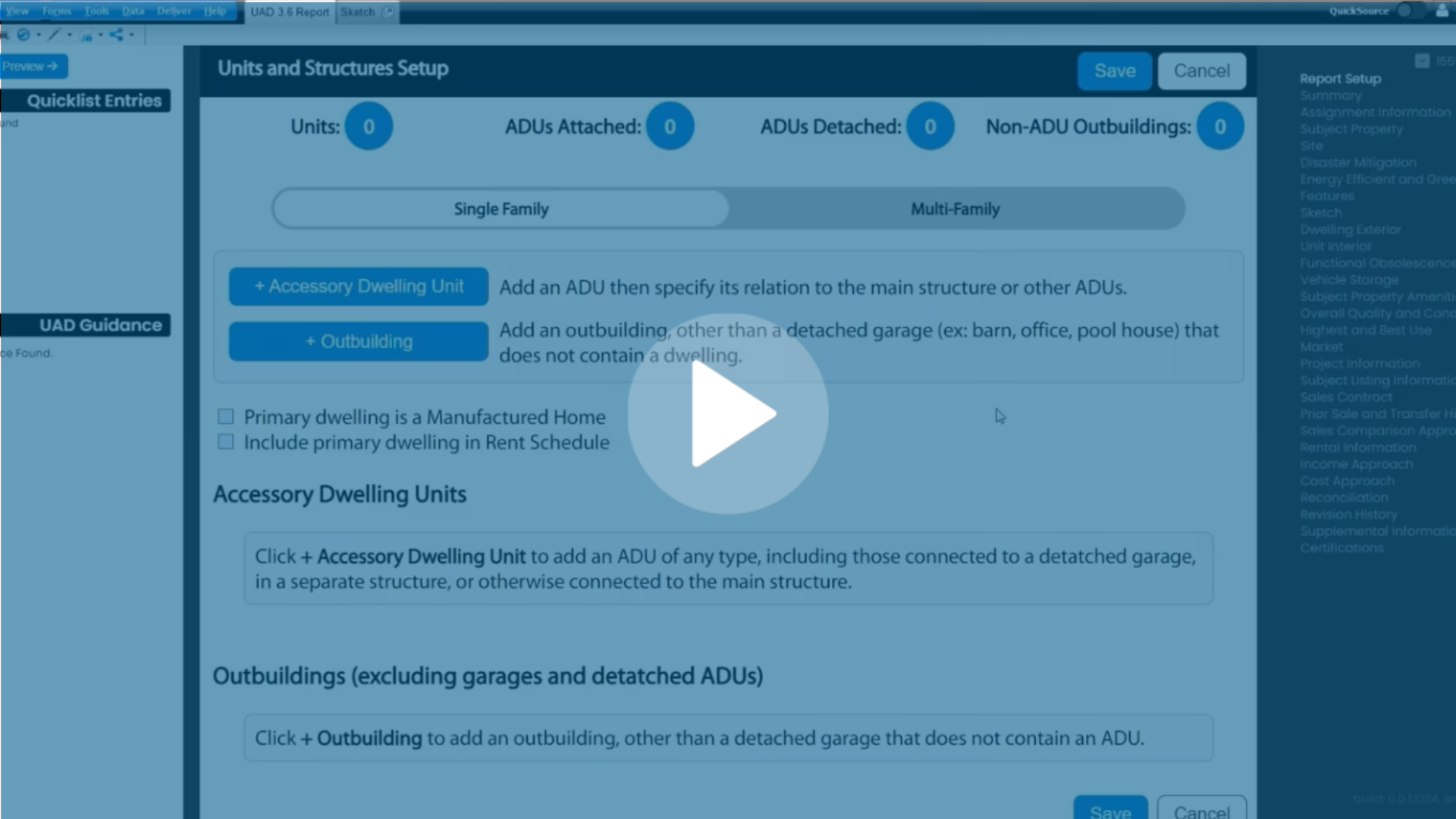
.png)

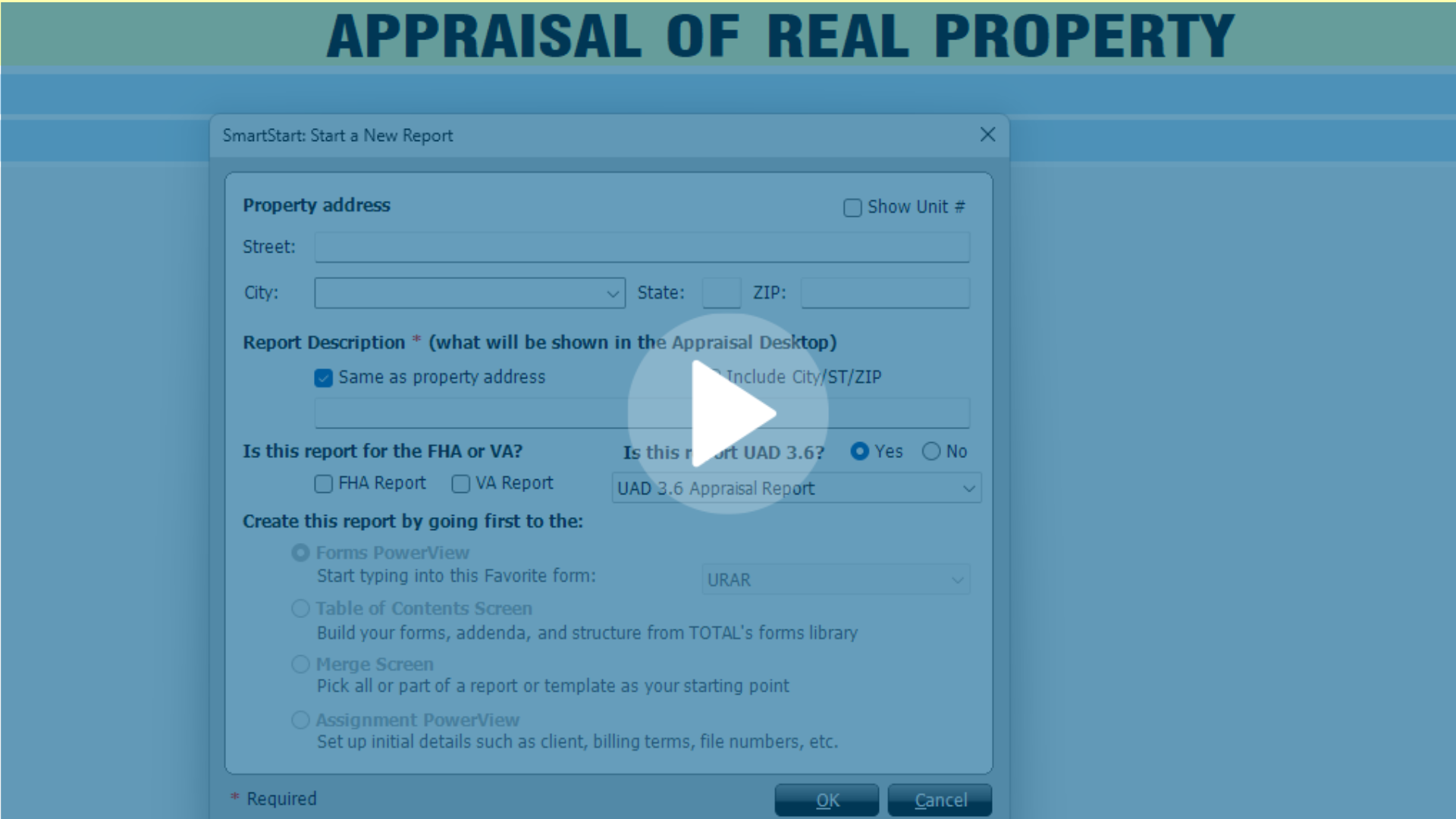
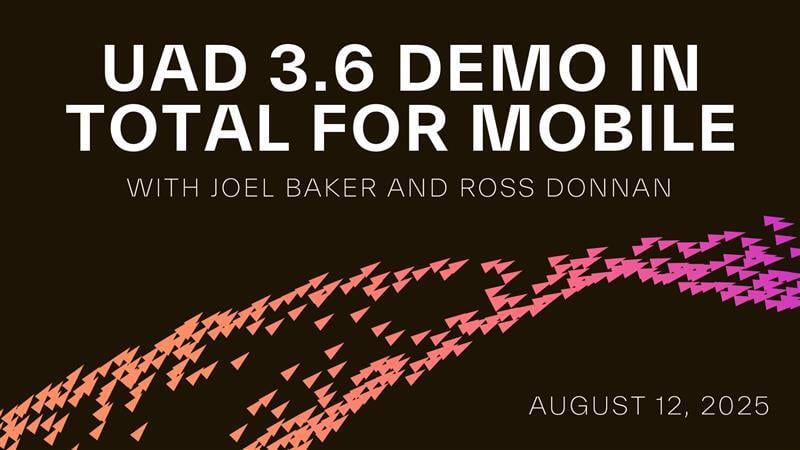

.png)
-1.png)
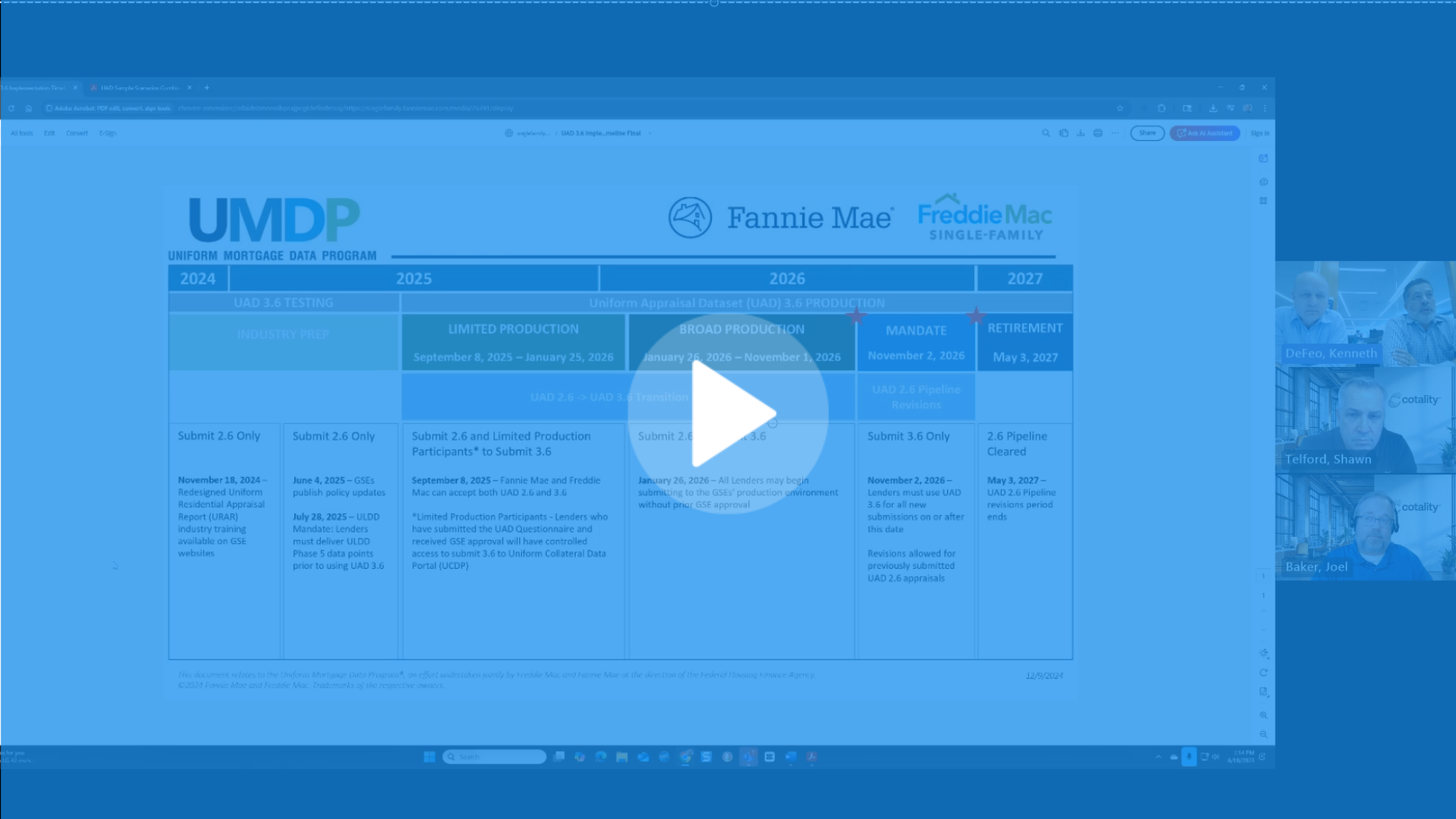
.png)
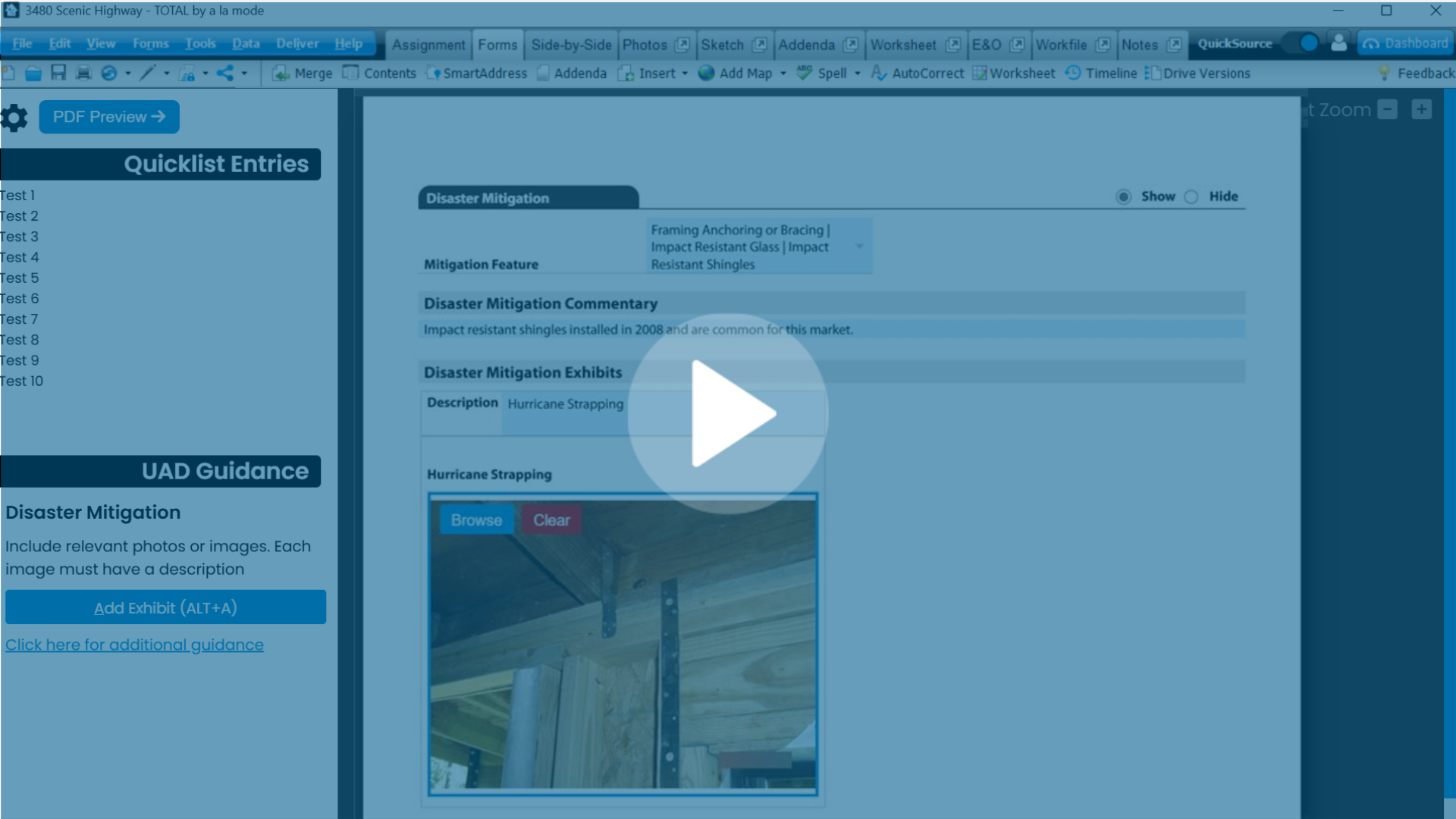
.png)
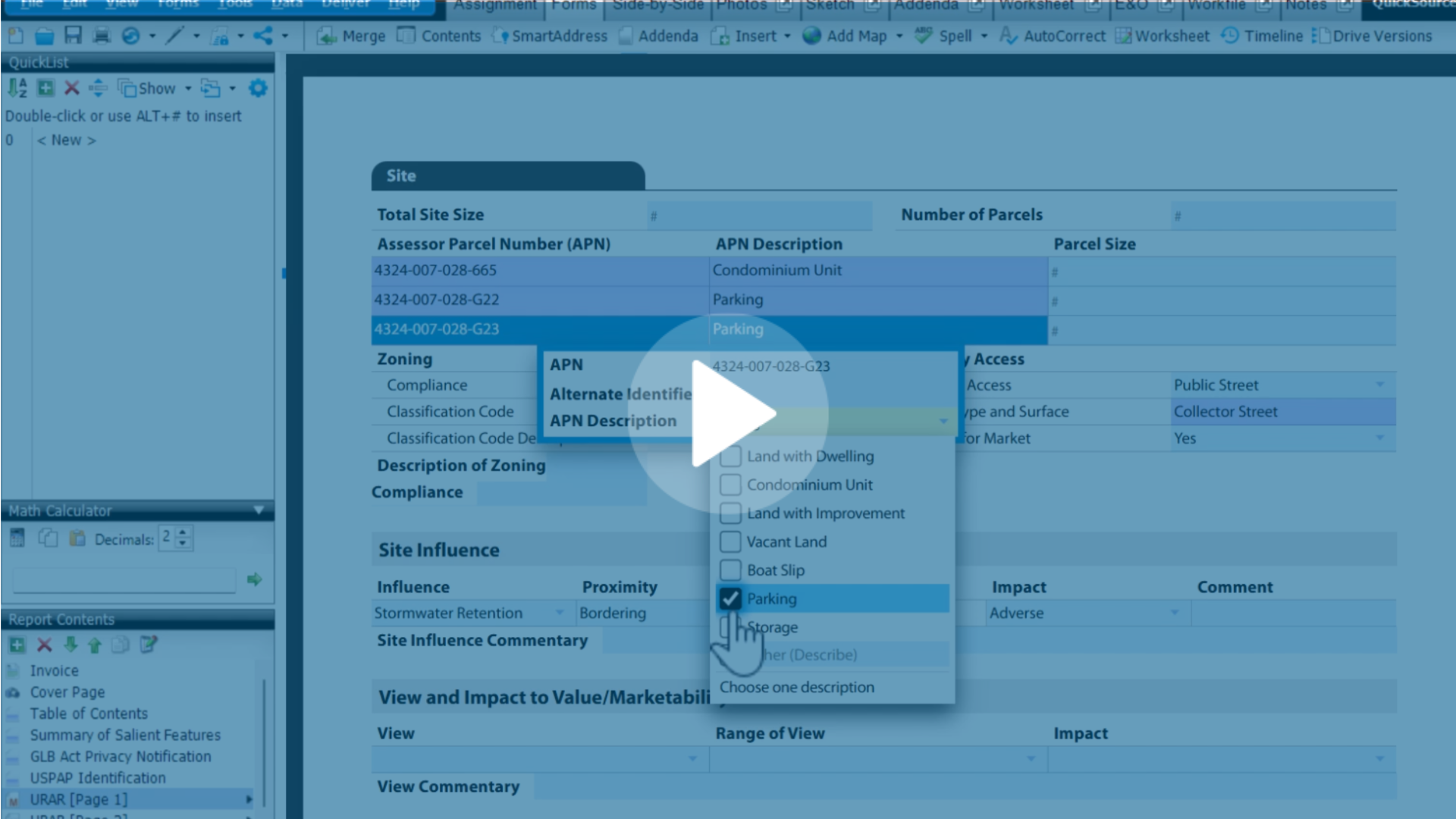
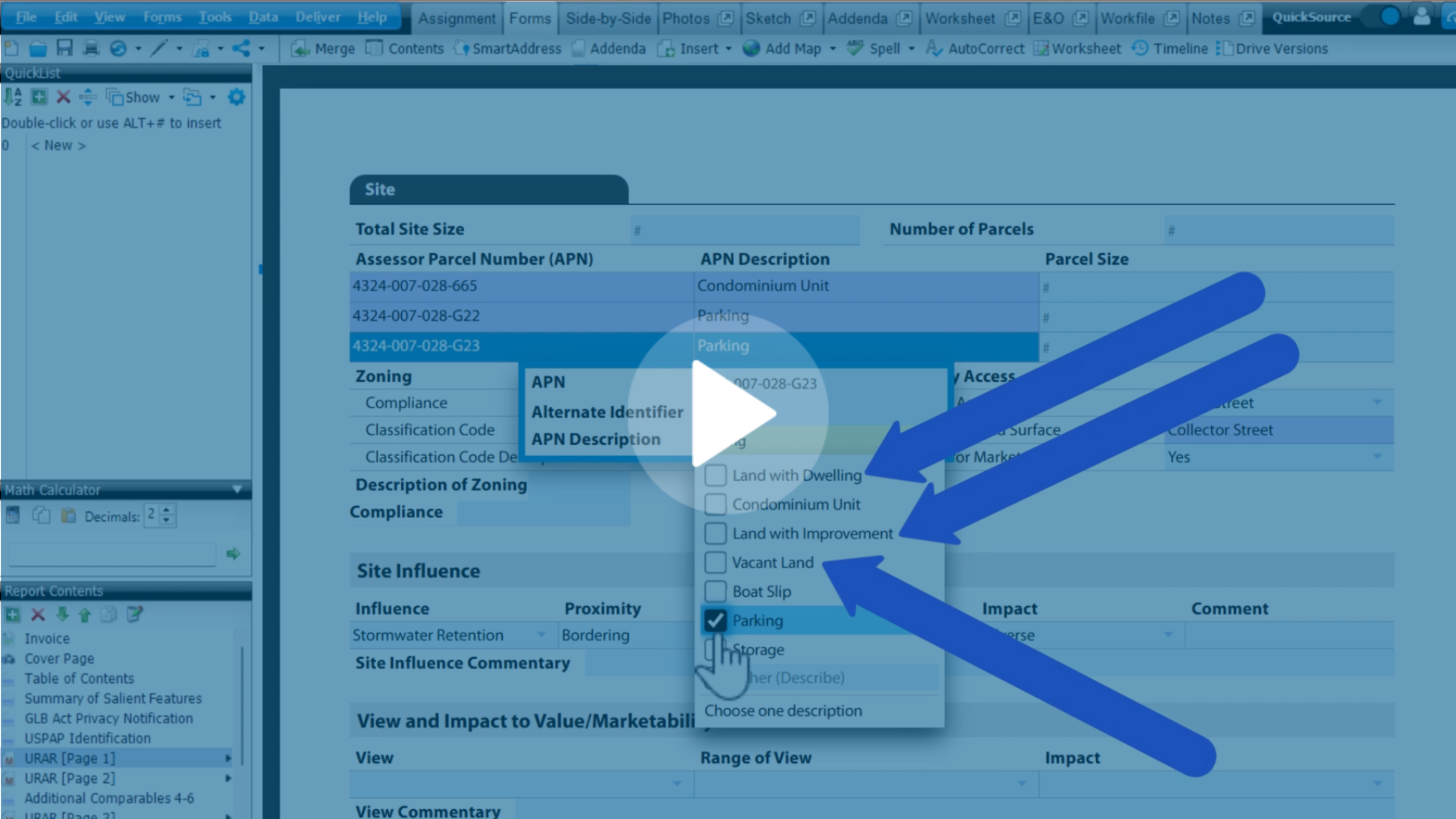
.png)
.png)
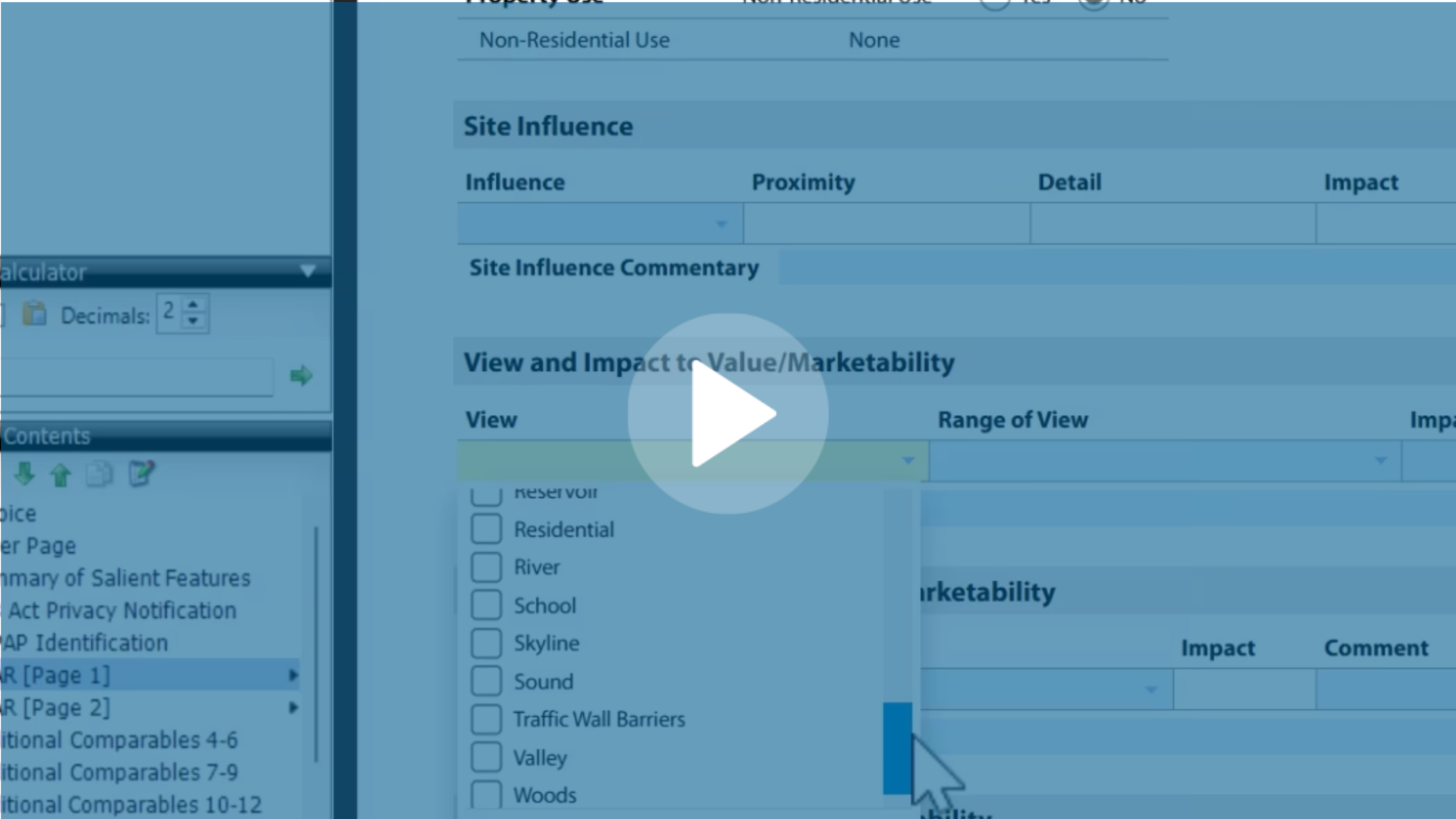
.jpg)
.png)
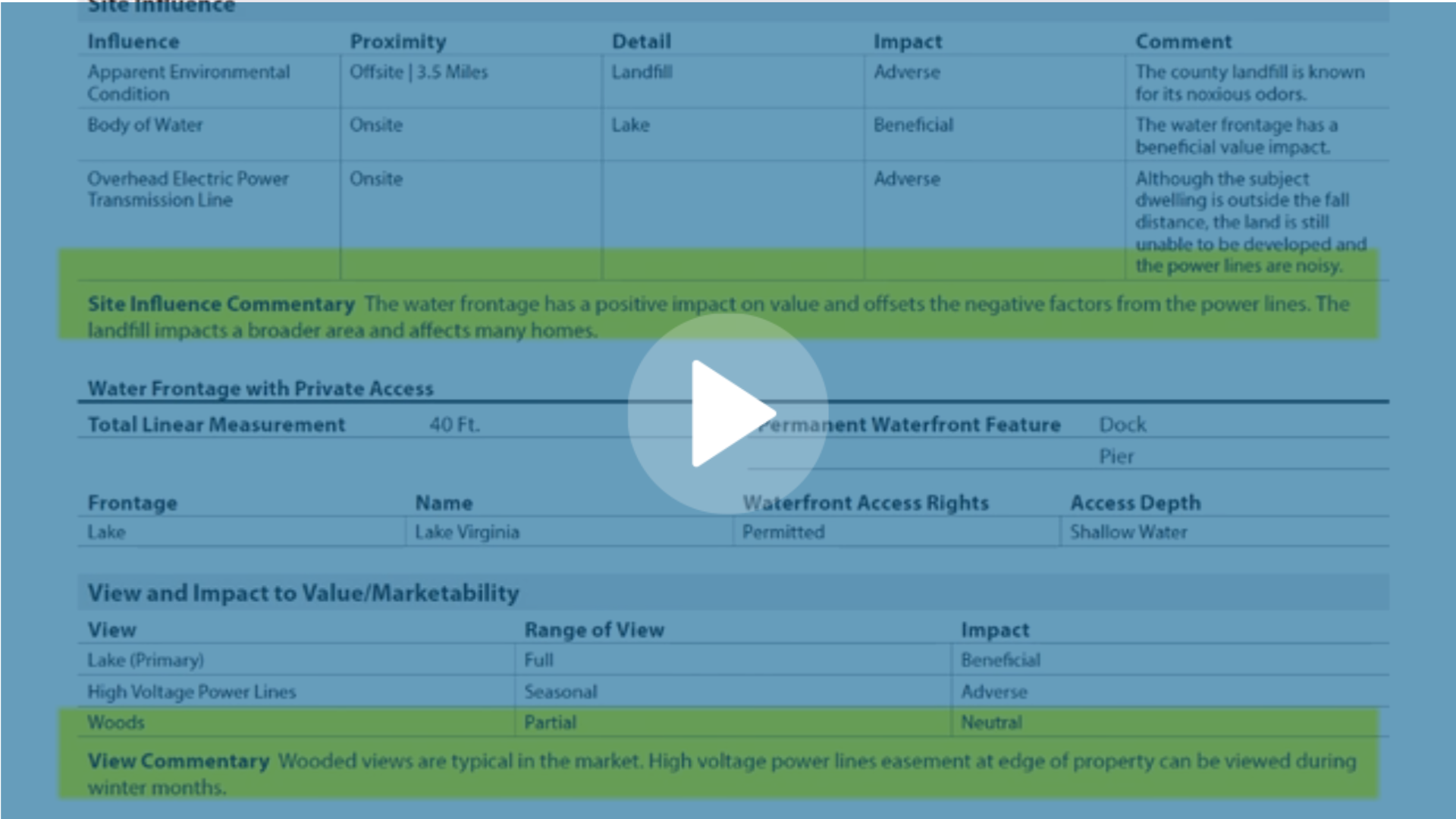
-1.png)



